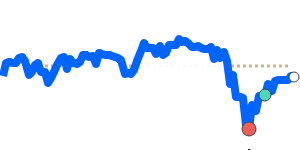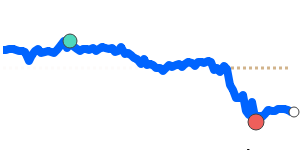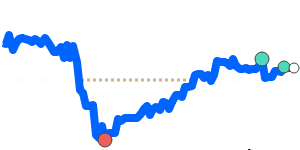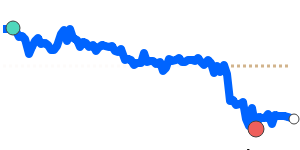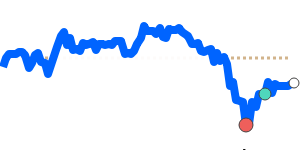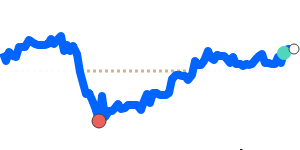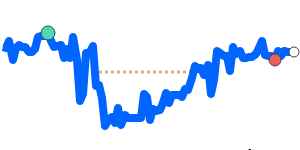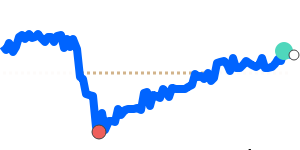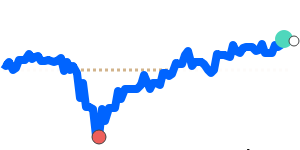Recent developments have significantly bolstered the South African Rand (ZAR), showcasing its strength against major currencies. Analysts have observed that heightened tourism inflows during December 2025 have contributed to a robust appreciation of the rand. This influx of foreign currency, driven by record holiday tourism, has positioned the ZAR favorably against other currencies.
Adding to this positive sentiment, the South African Chamber of Commerce reported a surge in business confidence, with the Business Confidence Index hitting its highest level in 14 years, at 132.3. This confidence among investors is key in sustaining the rand's momentum, as it reflects an optimistic outlook for economic growth and stability.
In a noteworthy policy move, the South African government decided to reverse its proposed Value-Added Tax (VAT) increase, maintaining the rate at 15%. Such fiscal stability has further comforted investors concerned about domestic economic health, thus supporting the rand.
On the inflation front, producer inflation remained stable at 2.9% year-on-year as of November 2025, signaling controlled domestic price pressures. This stability helps to sustain the rand’s value by mitigating concerns over rising costs that could negatively impact the economy.
The current exchange rates reflect these developments. The ZAR/USD pair has reached 90-day highs near 0.060003, significantly above its three-month average of 0.058345, exhibiting a stable range. Similarly, ZAR/EUR is trading near 0.050962, 1.7% higher than its three-month average, while ZAR/GBP has moved to 0.044441, exceeding its recent average. Notably, the ZAR/JPY pair is notably higher, at 9.3937, demonstrating a more volatile but upward trend relative to its three-month average.
These trends suggest that the ZAR is navigating a period of strength, fueled by positive economic indicators and policy decisions that are likely to continue influencing its performance in the short term. Investors and businesses engaging in international transactions should consider these developments as they may affect currency conversion costs and overall financial strategy.
